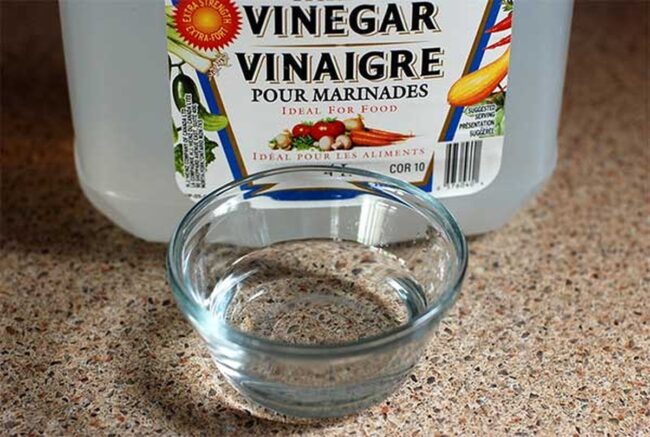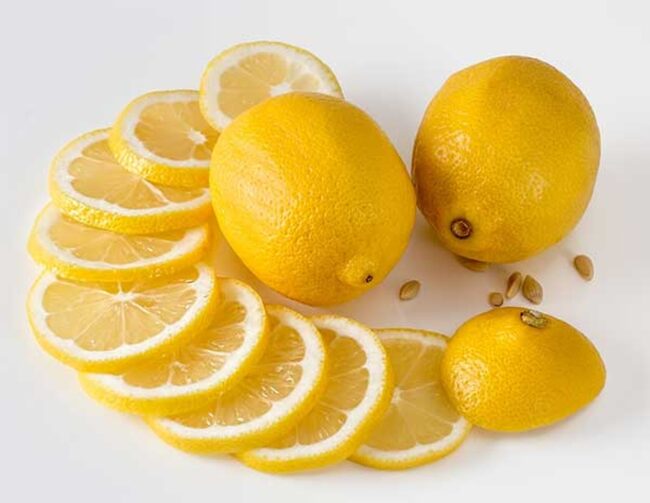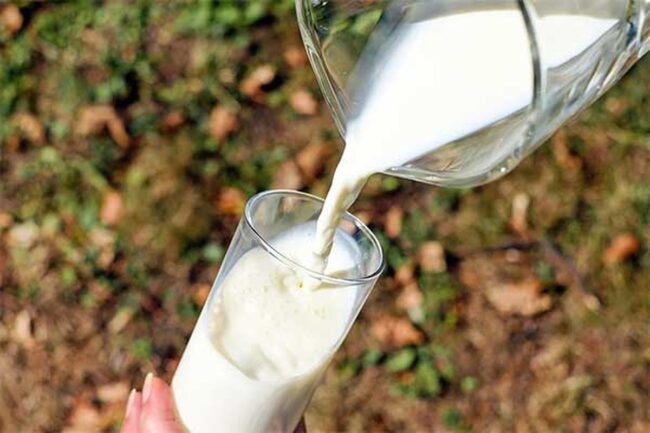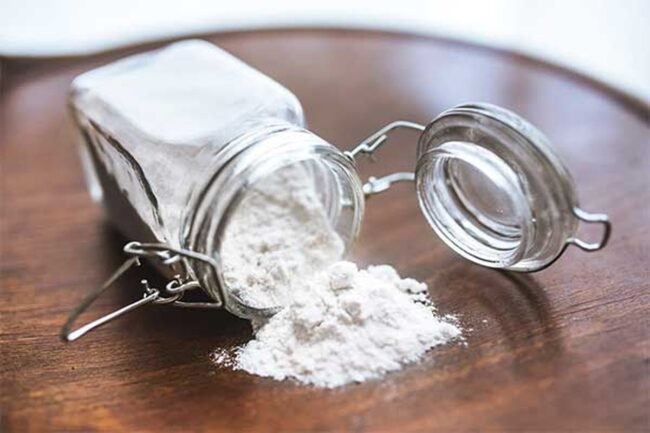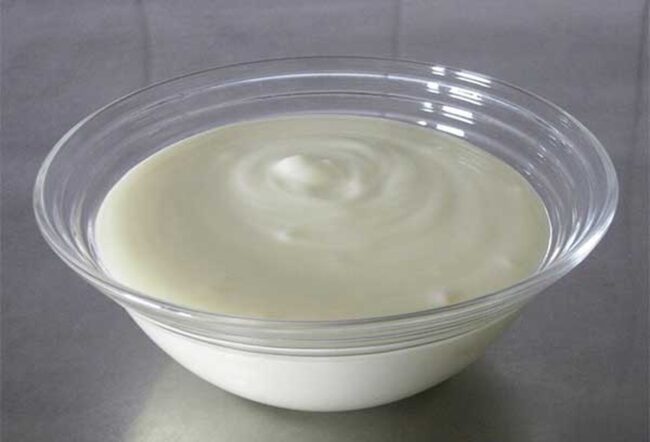5 Tasty Alternatives to Vanilla Extract
Substitutes for cream of tartar ensure the right acidity and stability in baked goods and meringues.
Various acids, powders, and pantry staples can mimic its effects.
Some alternatives enhance leavening, while others focus on preserving structure.
The best option depends on whether the dish needs more lift or balance.
What Is Cream of Tartar?
Cream of tartar, a fine white powder, holds a special place in many kitchens.
Derived from wine barrels, this byproduct of winemaking is packed with acidic properties that enhance baking.
Its ability to stabilize egg whites makes it essential for fluffy meringues and light cakes.
Beyond baking, this versatile ingredient doubles as an effective cleaning agent for metals like brass and copper when mixed with water into a paste.
Exploring its various uses can unlock new culinary techniques or cleaning hacks you might not have considered before; knowing substitutes ensures you're never left without options in your cooking adventures!
Cream of Tartar Alternatives
Cream of tartar, a versatile kitchen staple, often finds its way into baking recipes and stabilizing egg whites. Substitutes for this ingredient exist, offering various options for those without it on hand.
White Vinegar
White vinegar sits in many kitchens, ready for various cooking tasks.
This ingredient has a level of acidity similar to cream of tartar, making it useful when there's no time for a grocery run.
While it works well in recipes needing stabilized egg whites, like meringues, the flavor can be quite different.
For cakes and other baked treats, using white vinegar might change the taste and texture unexpectedly due to its stronger flavor profile compared to cream of tartar.
In conclusion, it's an effective substitute for stabilizing egg whites but may not suit all baking needs.
Lemon Juice
Lemon juice serves as an excellent replacement for cream of tartar.
Its acidity matches that of cream of tartar, which helps keep egg whites fluffy and stable.
This citrus juice also effectively stops sugar from forming crystals, making it a smart choice for syrups and frostings.
The amount needed is the same as what a recipe calls for with cream of tartar, simplifying measurements in the kitchen.
Unlike white vinegar, lemon juice works well in all recipes requiring cream of tartar.
Overall, this substitute shines in both versatility and effectiveness when baking or cooking.
Buttermilk
Buttermilk serves as a great alternative to cream of tartar, especially if sweetness appeals more than the tanginess of vinegar or lemon juice.
This liquid remains after churning butter from cream and possesses high acidity levels, making it suitable for baking.
Its creamy flavor and consistency allow it to fit seamlessly into various recipes.
When using buttermilk in baked goods, adjustments are necessary since it's a liquid rather than a dry ingredient like powder.
For every gram of cream of tartar needed, reducing the recipe by 120ml of buttermilk helps maintain proper texture without making the mixture too watery.
While not as straightforward as some substitutes, buttermilk can still yield delightful results with careful measurement changes.
Baking Powder
Baking powder serves as a fantastic alternative to cream of tartar in recipes.
This pantry staple consists of sodium bicarbonate and tartaric acid, the latter being cream of tartar itself.
The only distinction lies in the added sodium bicarbonate found in baking powder.
No worries arise about altering taste or texture when making this swap; it works seamlessly in any dish.
Keep in mind that using baking powder requires nearly double the amount compared to cream of tartar; for instance, 6 grams will replace 3.5 grams effectively during cooking or baking sessions.
Reaching for this common ingredient can save your recipe if you run out of cream of tartar halfway through preparation.
Yogurt
Using yogurt as a substitute for cream of tartar can be quite effective.
Its acidity levels resemble those of buttermilk, making it suitable for various recipes.
When substituting in baked goods like cakes, thinning the yogurt with milk is necessary to achieve the right consistency.
This preparation step adds a bit more effort compared to other alternatives on the list.
For stabilizing egg whites, however, yogurt can be used directly from the container without any adjustments needed.
In situations where other options aren’t available, yogurt stands out as a reliable choice when cream of tartar is missing.

